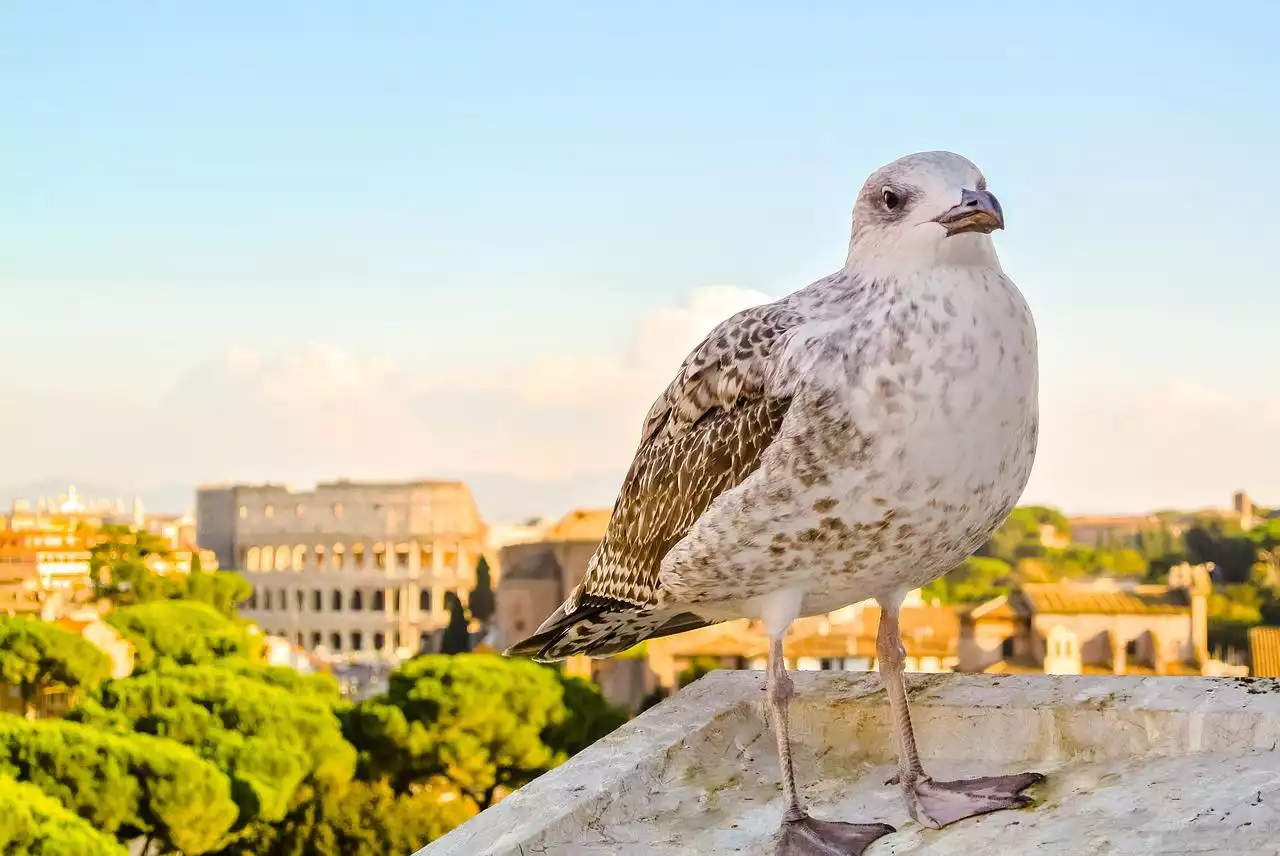The Colosseum, in Rome, is worth visiting for several reasons: firstly it's a great sight to see an entire city walled off with military escort and secondly, it's a great example of Roman architecture. The Colosseum is the largest outdoor amphitheater in the world and its construction was one of the most important architectural projects undertaken by Emperor Augustus in Ancient Rome. Here you can explore the history and architecture of Rome up close and personal. From the construction of the Colosseum to its restoration, this guide covers everything from how architecturally- inspired The Colosseum is, to its architecture and artifacts found in excavations. Check out our Guide to Rome's Most Trimmed Hillforts for more tips on exploring these iconic sites!
What is The Colosseum?
The Colosseum, one of the most recognizable sights of ancient Rome, was completed during the reign of Emperor Augustus in AD 8 and was dedicated to the goddess Venus. It is known for its immense size, measuring over 120 m long and 50 m wide, and for its lavish decoration. The Colosseum was intended as a forum for the rest of the Empire and was also used as an annual imperial holiday. The Colosseum was considered to be one of the most beautiful sites in all of Rome and is one of the most explored places.
How the Colosseum was built?
The Colosseum was built on the site of a former flat area, which became the city wall. The planners also intended to provide a public space, where visitors could enjoy a meal, enjoy socializing with friends, and even watch a performance. This was achieved by erecting a grid-shaped stone wall around the city and adding a parapeted footbridge to cross the Tiber River below. The original design of the Colosseum was based around a central area with two levels, a lower one dedicated to the marketplaces and the upper one dedicated to the public. As time passed, however, the design evolved into a wider range of seascapes, including those in the sense of the wind and the sea. The final design, it is said, was inspired by the designs of Spanish artist Diego Rivera.
What's in the excavations?
As the Colosseum was still under construction, the area around it was cleared of all vegetation and systematically surveyed. The first phase of this was carried out between AD 8 and 9, with work concentrated on the area around the upper part of the stadium. This was the first phase of the Colosseum project, which is known as the Restoration. The second phase of the project focused on the lower part of the Colosseum, the area between the Appian Way and the Colosseum. This was the location where the Colosseum was used to host concert events and inaugural dinners. The excavations took place between 18 and 24 November 1997 and were led by Prof. Luigi Di Mauro of Rome's Catholic University, who is also the excavation historian. The aim of the excavation was to discover the original design and materials used in the Colosseum and its decoration.
How to get to The Colosseum
This is a difficult project to tackle, and to cover it in one post is like adding a chapter to the history of art and architecture in Rome. Luckily there are plenty of guides available on the internet, and to get started you can use the links below to book a tour of the site or to see what other people are looking for. You will need a valid passport and the age requirement for the Sistine Chapel is less than that of an altar boy. You can also sign up for guided tours of the site, which are usually a little cheaper.
Rome's Most Trimmed Hillforts: Where to find artifacts and clues
There are several sites around Rome that hold important architectural or artistic treasures, and where you can find them if you search hard enough. The Trevi Fountain, Rome's most visited imperial park is a prime example of this. The Trevi Fountain was built in AD1 and is perhaps one of the most recognizable sights of modern Rome. The Trevi Fountain is full of fascinating details thanks to its decorative elements, including the tapers and the stepped design of the bulbs. Another Trevi Fountain site worth a visit is the Amphitheatre of the Vestibule, in Piazza Navona, with its gilded ceiling, perfectly captured by the artist Luca della Robbia.
How to get to the Colosseum
For access to the Colosseum, you will need to make a reservation at a hotel near the Colosseum, which you can find near all major traffic lights in Rome. When you're there, make sure to take some time and take in the sights while you still can. The Colosseum is one of the most recognizable sights of ancient Rome and is also one of the most explored sites. Don't forget to bring your drinking water bottle with you, as the Colosseum has a large water intake area.


 13 Enchanting Lunar New Year Gifts to Ring in the Year of the Dragon
13 Enchanting Lunar New Year Gifts to Ring in the Year of the Dragon 50 and Fabulous: The Ultimate Guide to Memorable 50th Birthday Gifts
50 and Fabulous: The Ultimate Guide to Memorable 50th Birthday Gifts
 The Biggest Cinemas and Theatres
The Biggest Cinemas and Theatres The Pyramids and their Contribution to Tourism in Egypt
The Pyramids and their Contribution to Tourism in Egypt A Marvel of Construction - The Great Wall of China
A Marvel of Construction - The Great Wall of China A Day Visiting The Taj Mahal
A Day Visiting The Taj Mahal Touring The Valley of the Kings
Touring The Valley of the Kings